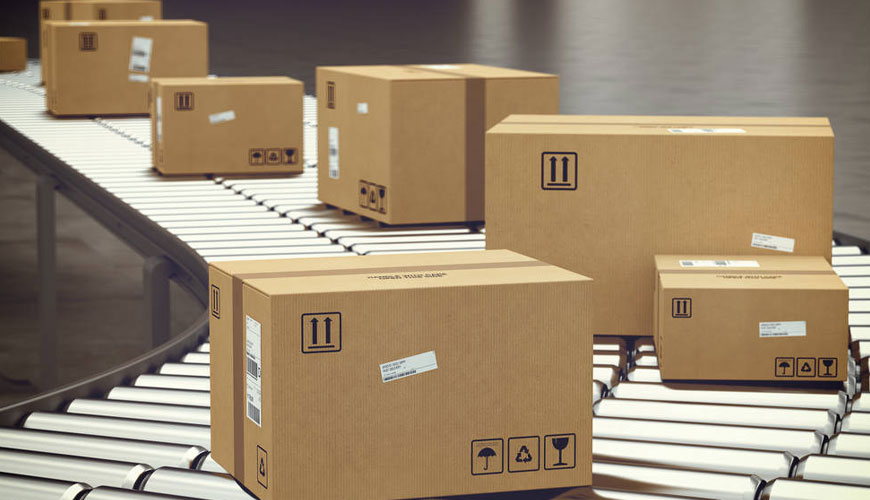

The purpose of ASTM D6653 is to simulate the effects of pressure difference on packaged products transported in different high altitude modes. Common examples of high-altitude transport are feeder aircraft and ground transport over high mountain passes.

The supply plane is a small plane used to transport the express air package; in some cases pressure is not applied to the aircraft. Packages transported by this method may be exposed to high altitudes due to the pressure difference, which adversely affects the package or its contents.
The test can be used to assess the effects of high altitudes on packaging, as well as to identify areas of design and engineering that need improvement to better withstand high altitudes.
The required apparatus for ASTM D6653 is a vacuum chamber. The vacuum chamber is suitable if it can withstand an atmospheric pressure difference equipped with a flat vacuum-seal cover. Height room is also acceptable. A vacuum gauge should have an inlet pipe from a vacuum source and an outlet pipe to the atmosphere connected to the chamber.
Manually operated valves must be provided in the inlet and outlet pipes. The vacuum gauge must be 2% accurate, laboratory quality, in the range of 0-100 kPa, and a minimum graduation of no more than 2 kPa. The chamber should be large enough to contain the test sample, including any expansion that may occur during testing.
The test sample for ASTM D6653 would be the assembled packaging system. The system should represent actual packaging systems, including primary and secondary packaging. The test specimen must be conditioned prior to testing.
After the package has been conditioned, testing can begin. The test sample should be placed in the vacuum chamber. The valves should be adjusted so that the inlet valve closes and the outlet valve opens. The vacuum source should then be adjusted so that the gauge rises approximately 305 m 30-60 s until the desired pressure is reached. When the desired vacuum is reached, it should be waited for 60 minutes. Again, this is subject to change, including but not limited to the actual shipping environment, product value, and desired level of damage.
This standard does not purport to address all, if any, safety concerns associated with its use. It is the responsibility of the user of this standard to establish appropriate safety and health practices and to determine the applicability of regulatory restrictions prior to use.
EUROLAB assists manufacturers with ASTM D6653 test compliance. Our test experts, with their professional working mission and principles, provide you, our manufacturers and suppliers, the best service and controlled testing process in our laboratories. Thanks to these services, businesses receive more effective, high-performance and quality testing services and provide safe, fast and uninterrupted service to their customers.
To get an appointment, to get more detailed information or to request an evaluation, you can ask us to fill in our form and reach you.